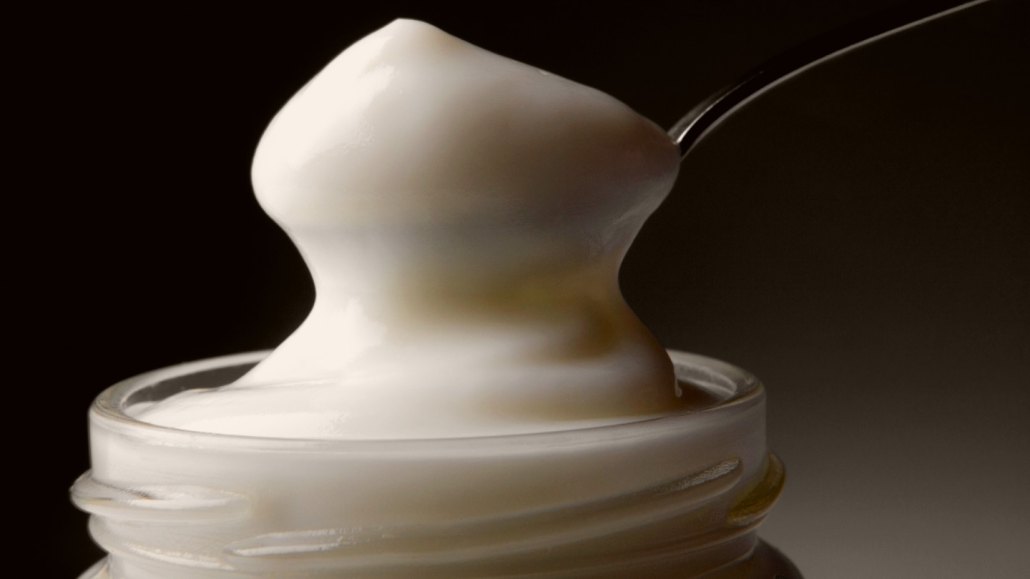
Physics
Weirdly, mayo can help study conditions ripe for nuclear fusion
Yes, mayo. The texture of the sandwich spread is perfect for mimicking what a fusion fuel capsule goes through when blasted with lasers.
Come explore with us!

Yes, mayo. The texture of the sandwich spread is perfect for mimicking what a fusion fuel capsule goes through when blasted with lasers.

Nuclear fission is the process of splitting atoms apart to release huge amounts of energy.

Knowing the decay rate of radioactive elements can help date ancient fossils and other artifacts.

Like clockwork, radioactive forms of some elements shed parts of themselves as they attempt to become nonradioactive.

Neutrons are one of the main building blocks of atoms and have no electric charge.

A craterlike structure found off the coast of West Africa might have been formed by an asteroid that struck around the time dinosaurs went extinct.

Zinc levels in shark teeth hint that megalodons and great whites competed for food — and great whites won.

These positively charged particles are important building blocks in atoms.

Chemical hints observed in zircons suggest when the important process of plate tectonics first took off.

This word can refer to rotting flesh or the transformation of radioactive atoms.